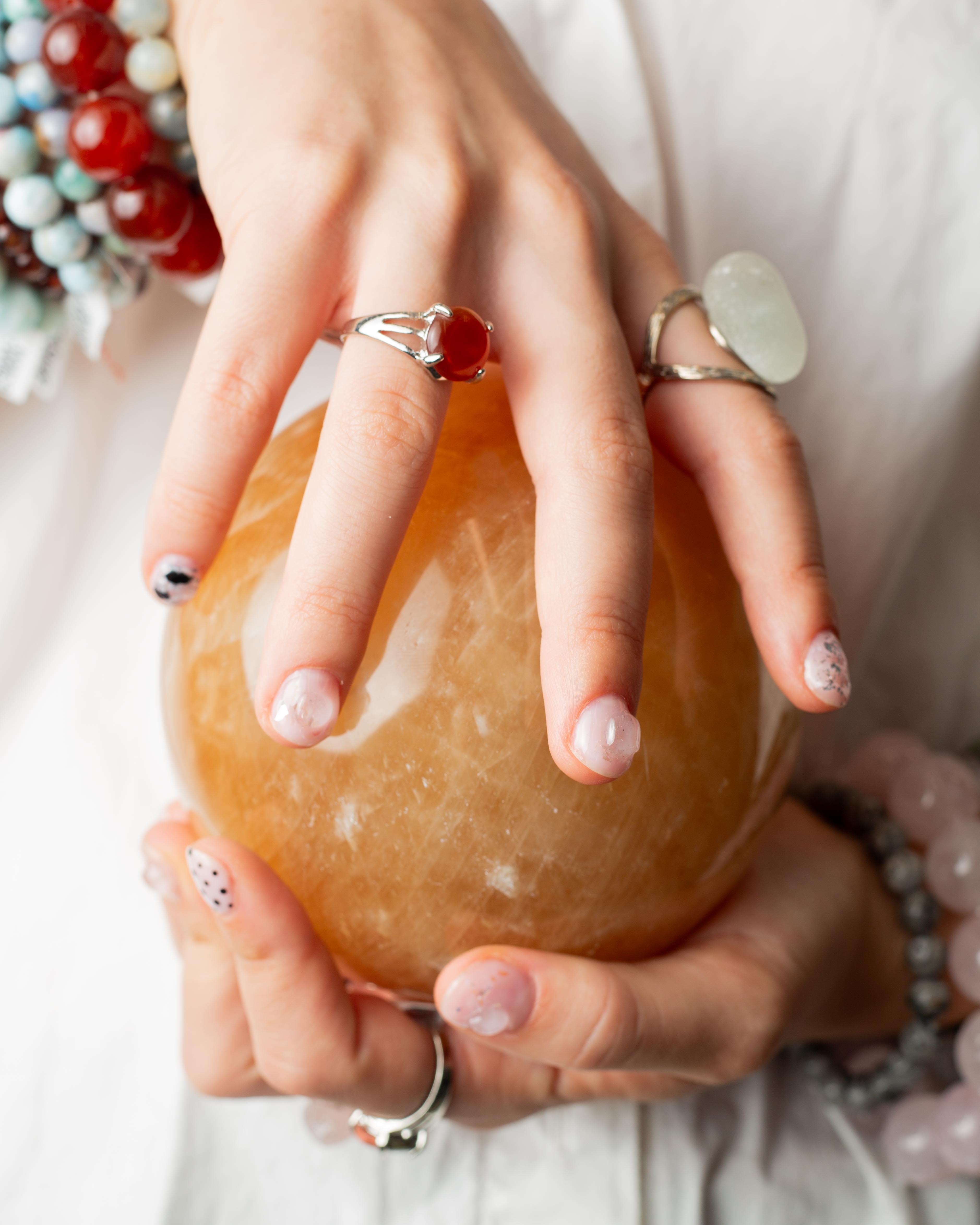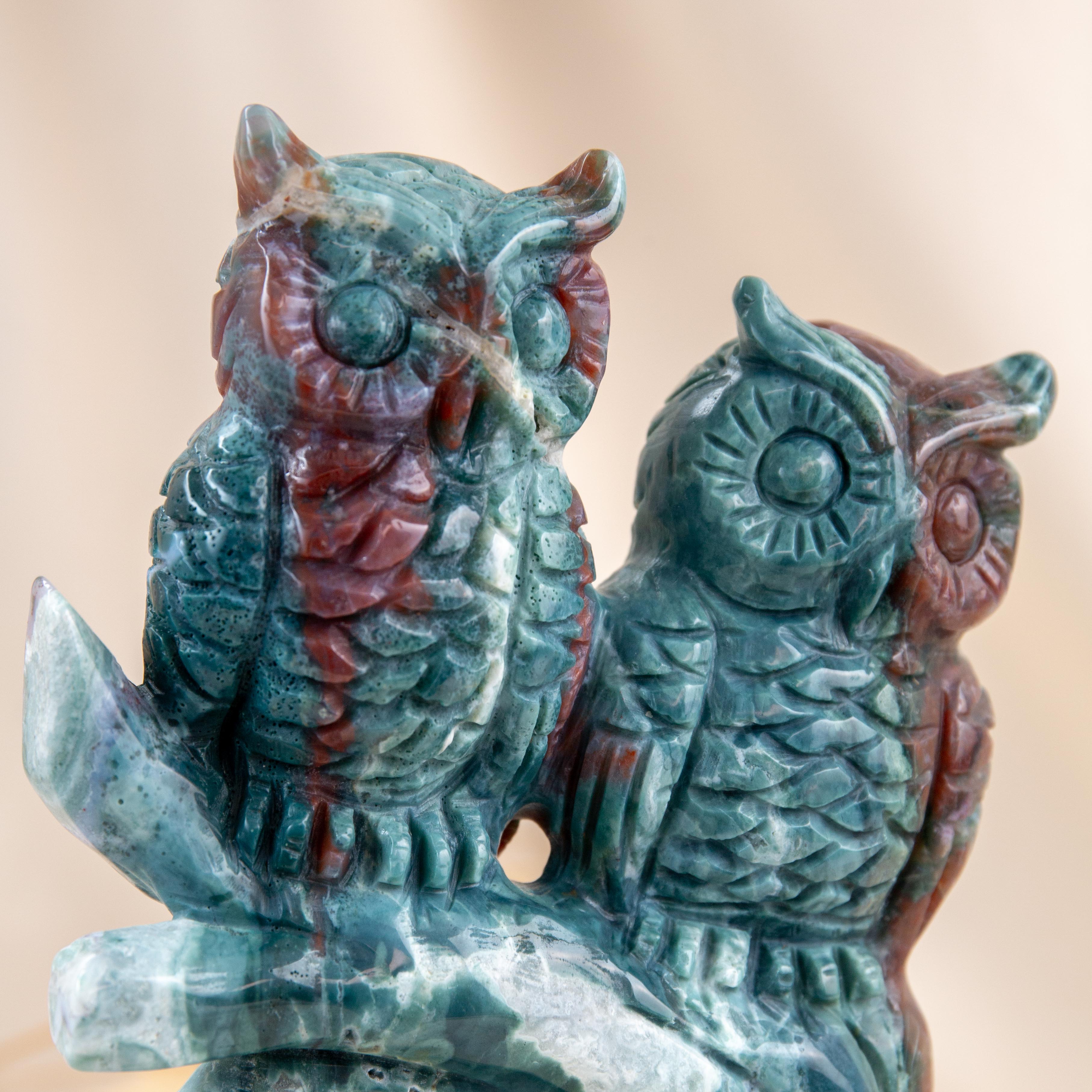Aventurine is a beautiful and lustrous gemstone known for its vibrant green color and associations with luck, abundance, and overall well-being. Here's an overview of aventurine:
Color: Aventurine is most commonly green, but it can also occur in shades of blue, orange, yellow, and brown. Green aventurine is the most popular and widely recognized variety.
Composition: Aventurine is typically a variety of quartz, composed of silicon dioxide (SiO2). Its green color is attributed to the presence of fuchsite or other minerals.
Luster: When polished, aventurine exhibits a vitreous (glass-like) luster.
Hardness: Aventurine has a hardness of 6.5 to 7 on the Mohs scale, making it a relatively durable gemstone.
Occurrence: Aventurine can be found in various locations around the world, with deposits in countries such as India, Brazil, and Russia.
Metaphysical and Healing Properties: Aventurine is often associated with luck, prosperity, and well-being. It is believed to bring positive energy and abundance. Some also use it for calming and reducing stress.
Jewelry and Ornamental Use: Green aventurine, in particular, is popular for making jewelry, including necklaces, bracelets, earrings, and rings. Its attractive green color and associations with luck and abundance make it a favored choice for adornment and personal items.
Sustainability: As with any gemstone, it's important to consider ethical sourcing practices when purchasing aventurine. Supporting vendors who prioritize responsible mining and trading practices is crucial.
Aventurine's lush green color and its symbolic ties to luck and well-being have made it a cherished and sought-after gemstone for centuries. It is appreciated for its aesthetic appeal and positive energy, making it a versatile and meaningful choice for jewelry and personal items.







